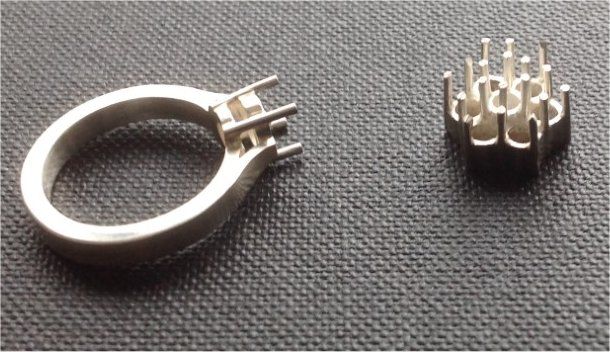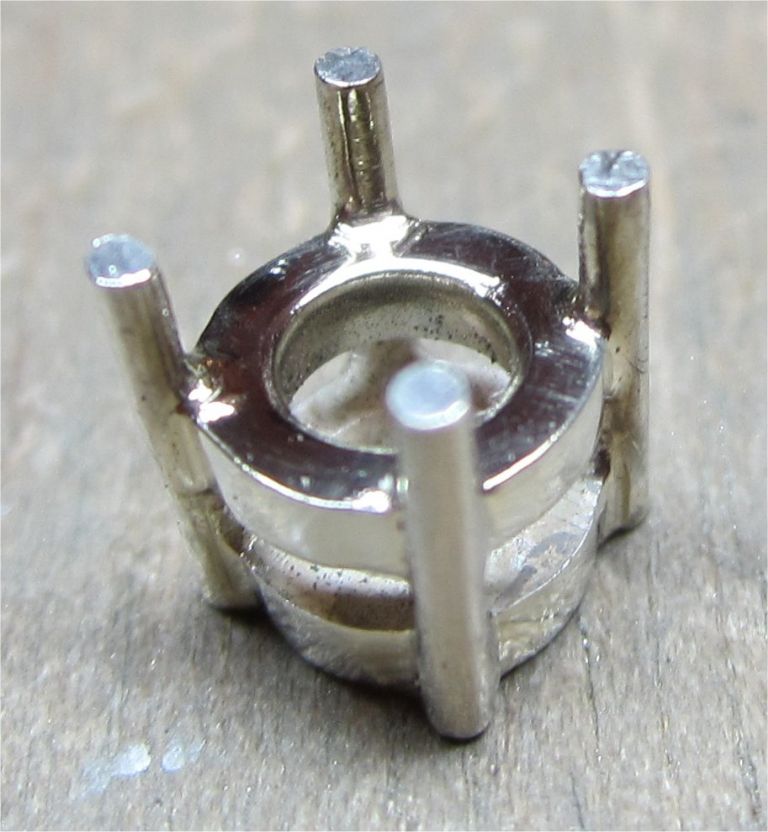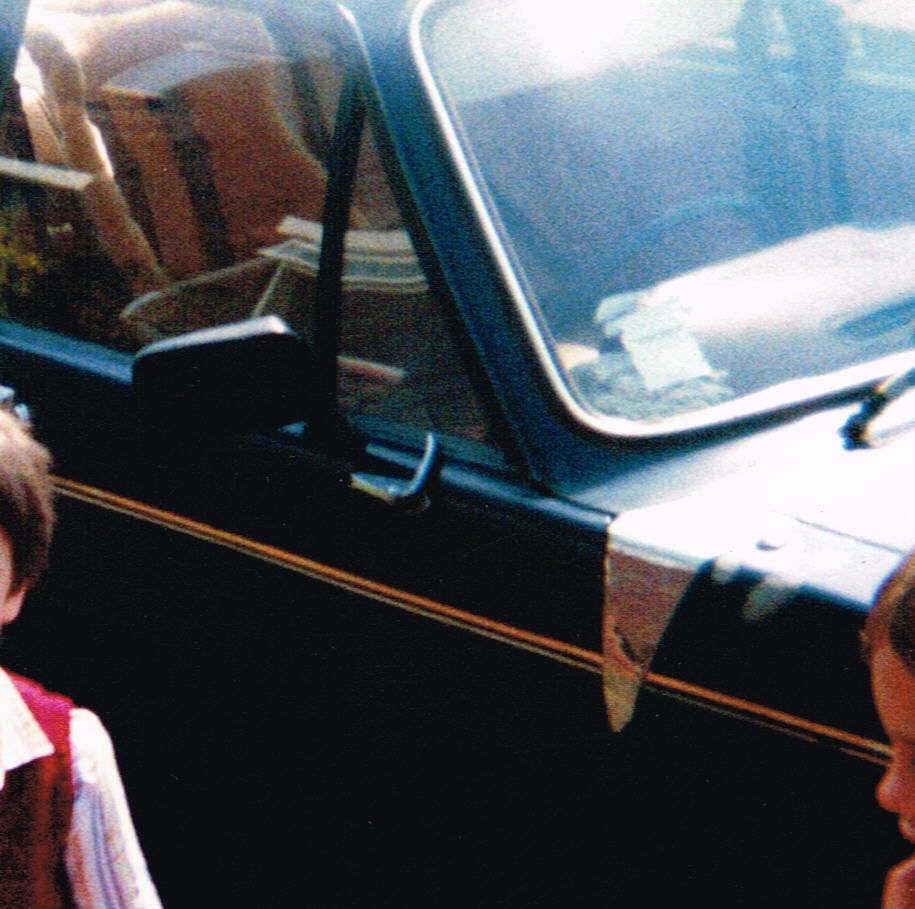Wow. It still goes on. So I guess Michael G's answer of "No" is definitive.
Here is what the industry experts at CupAlloy say on their site:
"The brazing process, of which silver soldering is a part, has been used successfully for thousands of years to produce strong leaktight, ductile joints …
…One definition in British Standards defines brazing as : "a process of joining generally applied to metals in which, during or after heating, molten filler is drawn into or retained in the space between closely adjacent surfaces of the parts to be joined, by capillary attraction"
International Convention declares that brazed joints are made above the melting point of aluminium 610 degC. Below that temperature you are soldering. A brazed joint is identified by the temperature of the filer metal, not by the composition of the rod in the hand."
CupAlloy's full screed and lots of other interesting info on the topic is here **LINK**
But the above definition is, as discussed earlier, contrary to what many who did a machining or toolmaking apprenticeship in the days of yore was told on the shop floor, where "brazing" referred to the use of brass rod and "silver soldering" to the use of a silver-bearing wire filler.
Not sure how, when, where or why the discrepancy over the years. Was it the British, ISO, or SAE Standards organisations getting in on the act and coming up with a standard definition in later years?
Edited By Hopper on 22/01/2020 09:04:53
Anonymous.








